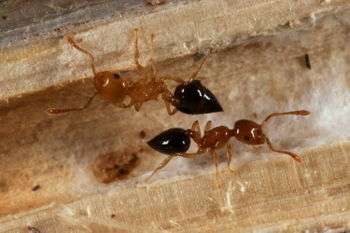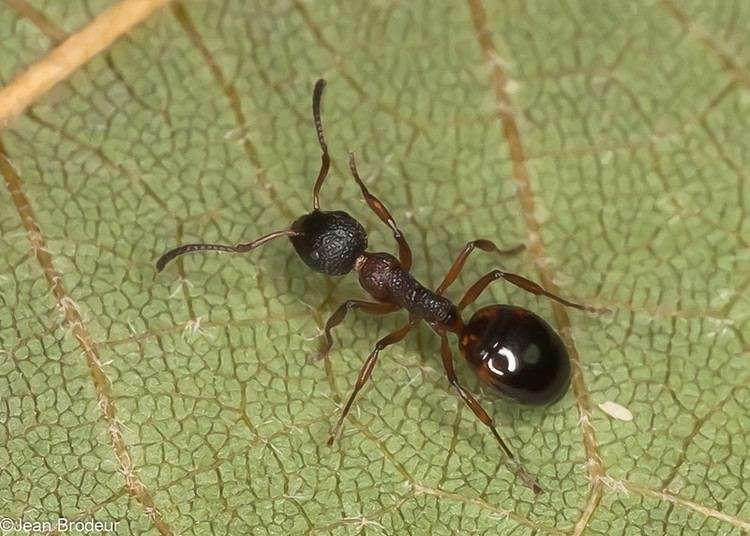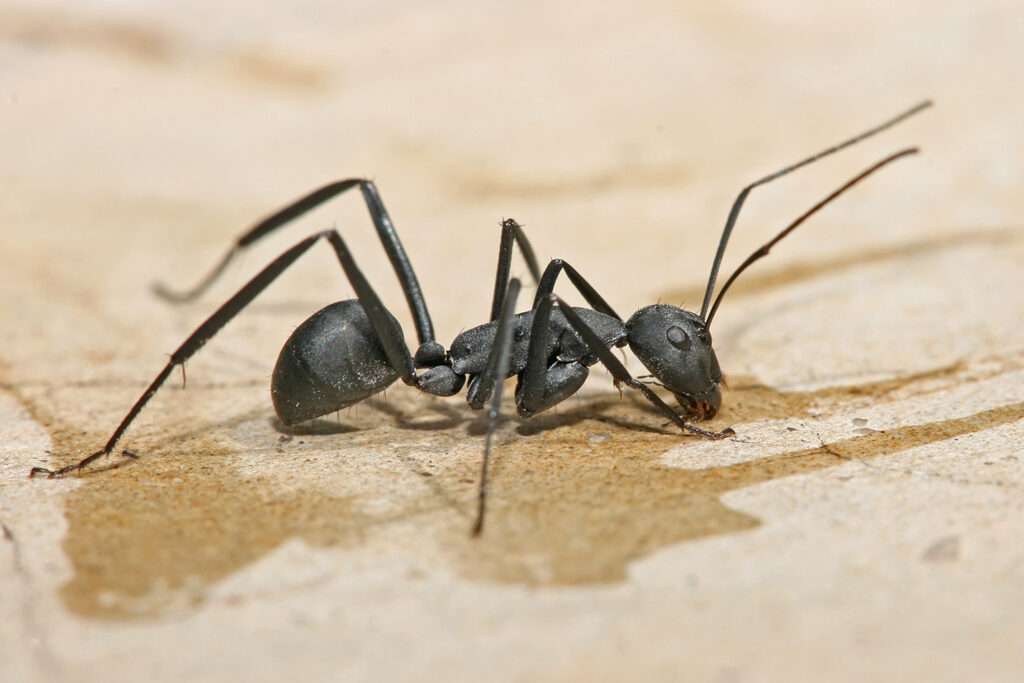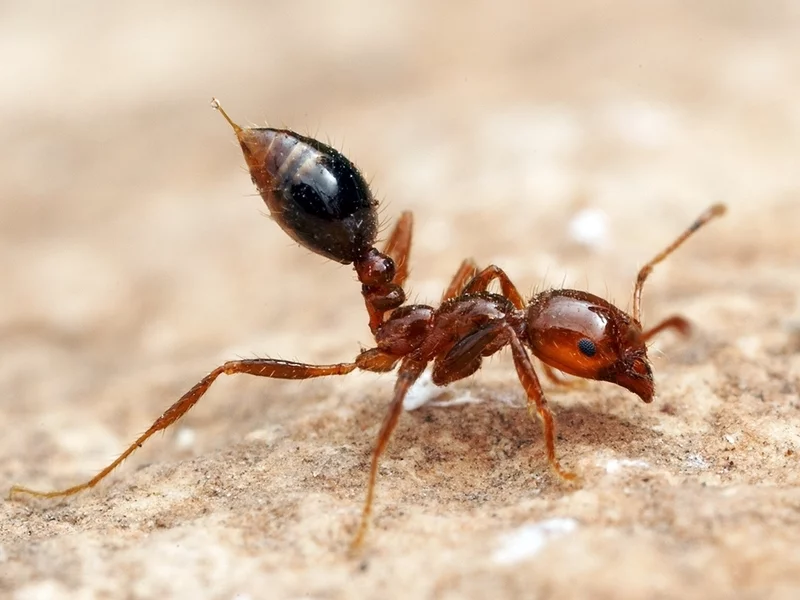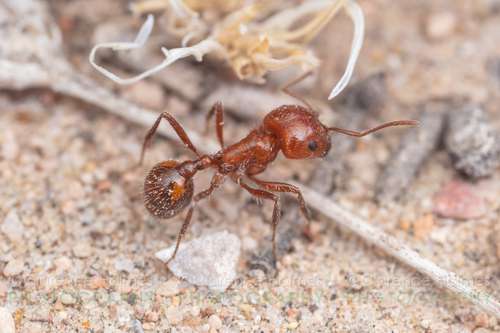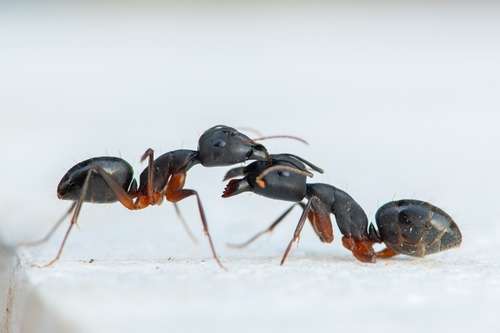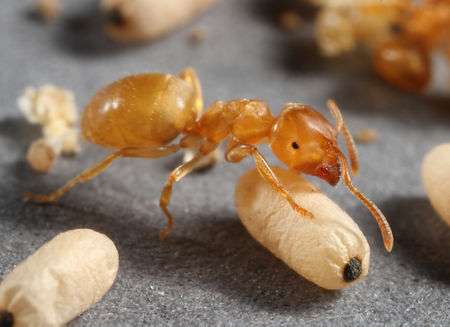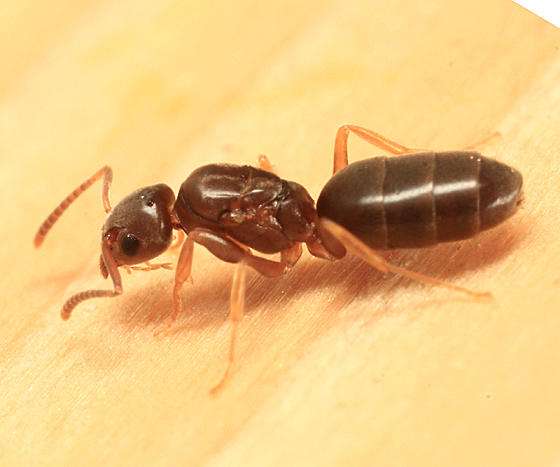Crematogaster
An ecologically varied genus of ants known as Crematogaster is widespread throughout the world. An unusually heart-shaped gaster (abdomen), which lends them the nickname “Saint Valentine ant” distinguishes them. Most species live in trees (tree-dwelling). Acrobat ants are another name for these ants. Habitat Habitat Although they frequently inhabit numerous common regions in the wild, […]


